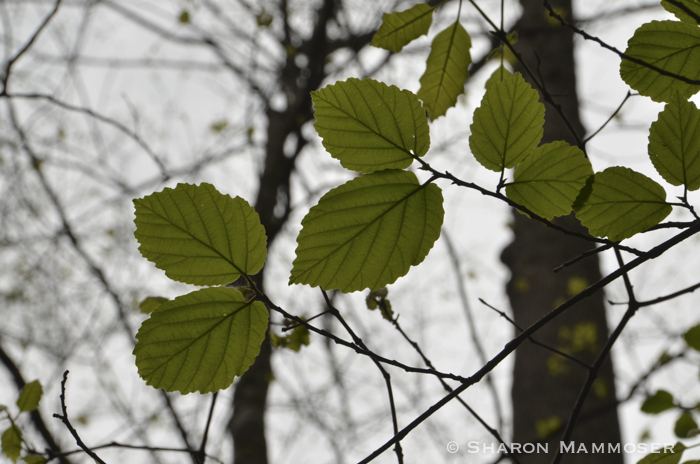 Did you recognize last week’s puzzler as Witch Hazel? This small tree has a wispy yellow flower that blooms in the fall rather than the spring. When all of the other trees have already lost their leaves, the blooms of witch hazel add a wonderful burst of color to an otherwise brown landscape. You can often find them on the trees throughout the winter.
Did you recognize last week’s puzzler as Witch Hazel? This small tree has a wispy yellow flower that blooms in the fall rather than the spring. When all of the other trees have already lost their leaves, the blooms of witch hazel add a wonderful burst of color to an otherwise brown landscape. You can often find them on the trees throughout the winter.
Witch hazel has an interesting history as long ago the forked limbs were used as dowsing or divining rods. In addition, it was used by Native Americans in various sacred rituals, to accelerate healing of wounds, and to treat inflammation of the eyes as well as diarrhea.
Witch hazel can grow to about 25 feet but usually stays smaller and more shrub-like. Interestingly, an extract from the plant is a component of a variety of healthcare products like lotions and toners. The bark and leaves are used to produce a topical astringent.

Witch hazel can be found along in eastern North America, from Nova Scotia south to Florida and as far west as Texas. It is pollinated by a moth. Its small, black seeds that are white and oily on the inside and are an important source of food for many animals, including black bear, white-tailed deer, beavers, bobwhites, pheasants, grouse and turkeys.
Click HERE to check out the next weekly puzzler.

